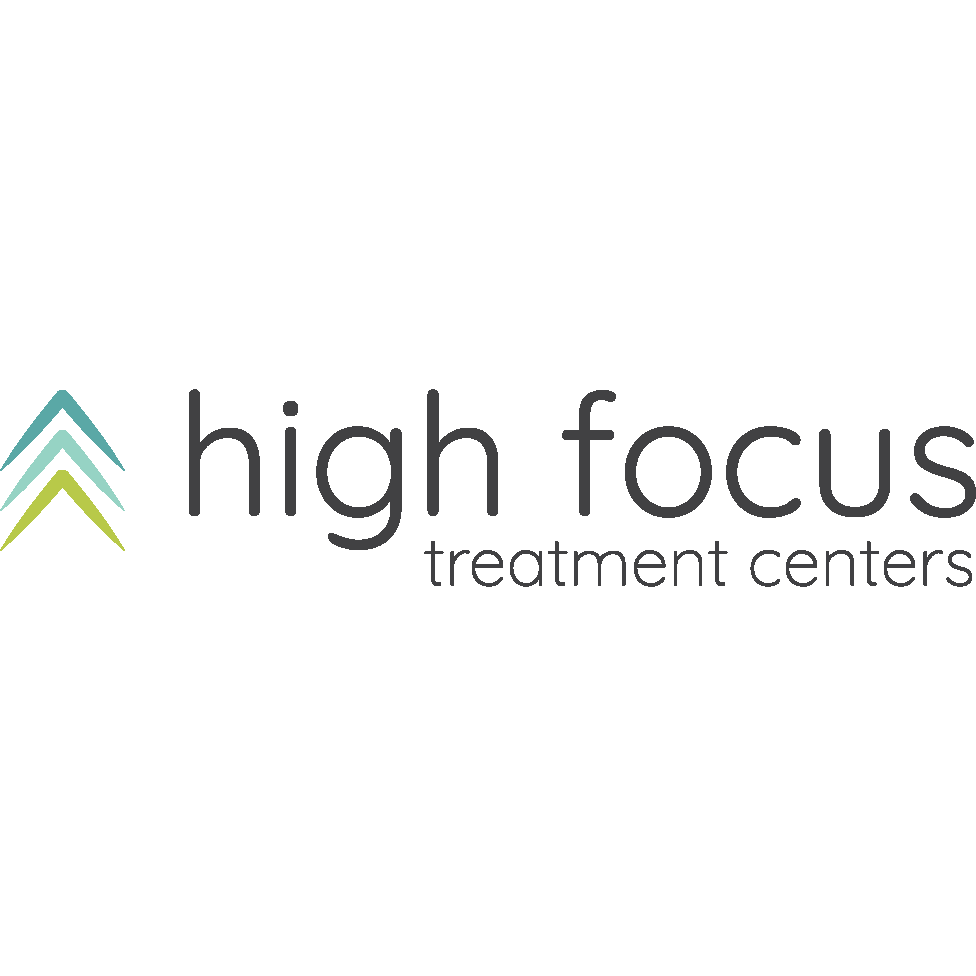
Aftercare planning is one of the most important components of a person’s inpatient stay. It involves making plans for where a person will attend outpatient treatment and where they will live after being discharged from inpatient treatment.
Thorough planning and preparation for this time period make a big difference in achieving a smooth and successful transition back to life out of rehab. The location where a person chooses to live during their recovery process is incredibly important. Halfway houses and recovery houses are both viable options for your aftercare time, but there are some major differences to be aware of before you make a decision.
What is a halfway house?
Many clients, as well as friends and family members often confuse the terms “halfway house” and “recovery house.” A halfway house is a state-funded facility that provides residents with transitional housing after rehabilitation for drug and/or alcohol abuse. They provide people with more than simply a place to live; halfway houses also provide residents with group and individual therapy, psychiatric services and medication management.
While they do offer many services under one roof, halfway houses are different from inpatient facilities in that residents are allowed to leave the grounds for things like work, meeting with family and attending 12-step meetings. They may require regular or random sobriety testing such as breathalyzers and drug screening as it is a community requirement that residents remain sober. Because halfway houses are state-funded, residents must be on Medicaid in order to reside there.
Other house rules that are common across many facilities include but are not limited to:
- Abiding by a curfew;
- Applying to jobs if unemployed;
- Attend 12-step meetings or other group or individual therapies;
- No theft or violence;
- Contributing to house life by doing chores and work projects.
How are recovery houses different from halfway houses?
Recovery houses provide residents with a living environment that is free from drugs and alcohol. They are privately owned and operated, so residents living in recovery houses pay a weekly rent to live there. Recovery houses are much less specialized to substance abuse treatment than a halfway house, but still, provide a safe space for those striving for sobriety to live.
Recovery houses do not provide any form of treatment or medication management, but residents are usually expected to participate in outpatient therapy at a local agency. They also have expectations for residents to obtain employment within a certain amount of time to help increase their involvement in healthy lifestyle choices.
The National Alliance for Recovery Residences (NARR) is a governing body that classifies different types of recovery houses and regulates the quality of provided care. The NARR defines a recovery residence as “a sober, safe, and healthy living environment that promotes recovery from alcohol and other drug use and associated problems.”
There are three levels of recovery residences, which NARR delineates as follows:
1. Peer run recovery residence.
Residents in peer-run recovery residences are self-monitored. They are optimal for people who have chosen to live a sober lifestyle and have mature life skills. The recovery residence in this case simply provides a safe space for them to live as they plant deeper roots and grow more grounded in their positive lifestyle choices. Costs are generally more affordable than other types of recovery programs.
2. Monitored recovery residence.
Recovery residences categorized as “Level 2” are monitored by a supervisor of some sort who holds the residents to the community standards and structure. There is usually some kind of in-house therapy program offered and sometimes required. With low costs similar to the Level 1 residence, this monitored recovery model is an optimal choice for people seeking to reap the benefits of safe, sober communal living while maintaining a budget.
3. Supervised recovery residence.
As would be expected, Level 3 recovery residences provide more structure than Level 2, with a greater amount of mandatory involvement in programs. Residents learn important life skills, grow in their physical health and participate in group counseling.
4. Service provider recovery residence.
Level 4 recovery residences combine community living, life skill education and clinical treatment. They are usually linked to some kind of clinical facility for referrals and increased involvement of mental health and rehabilitation professionals. This bracket of residential care is the most costly, however, it is also the only category that qualifies for insurance assistance.
Remember, where a person lives after inpatient treatment can have a huge impact on their success in recovery. As a result, it is very important that you take some time to weigh the pros and cons of each living environment and make the best choice for you.
Find the right fit for your journey to sobriety
If you are looking for aftercare living options, Rehab After Work is here for you. Our programs fit with your schedule, so you can continue working or attending school while receiving the treatment you need. Contact our admissions department at (610) 644-6464 to learn more.





